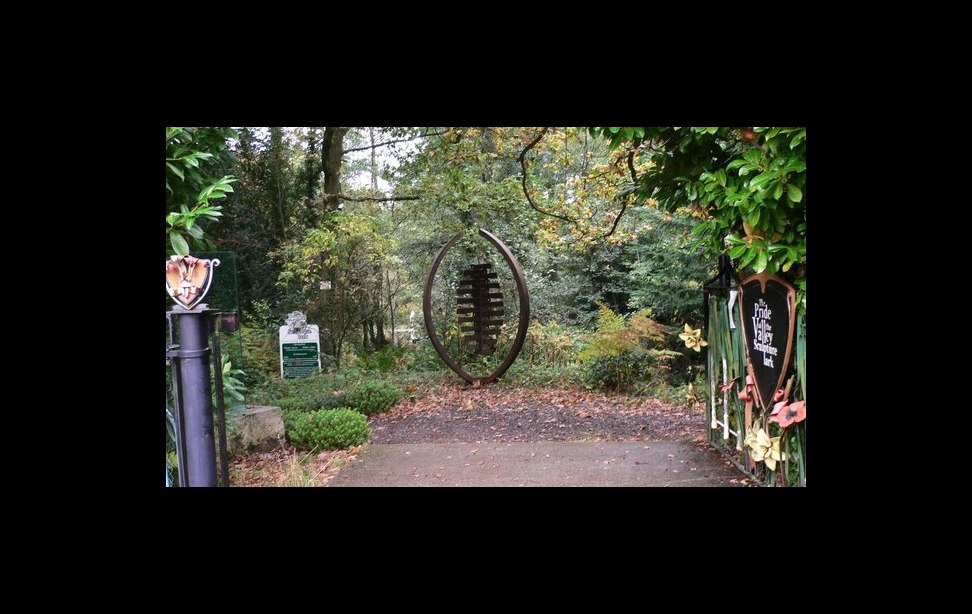Sculpture Gardens
By Joshua Ellison
We have previously discussed the recent RHS London Flower and Design Show, which I was fortunate enough to attend, and one of the exhibitions I saw was for ‘The Sculpture Park’, a Surrey based company that essentially serves as an outdoor gallery for developing sculptors.
It is so important that, while we often get caught up in the planting side of our gardens, we are careful not to overlook the architectural elements which create dramatic focal points and add so much interest to our outside spaces. It is, after all, the structure of our garden that first dictates its creative direction and that’s why this article is devoted to the art of sculpture, and its place within the garden.
Sculpture is arguably the most explicit means of evoking the themes and ideas of a garden - you can directly present the characters, animals or other structures that might be associated with the mood you intended for the garden. It is only through topiary that planting can hope to compete in that sense and, in fact, topiary raises an excellent point, as it highlights the fact that sculpture has become so commonplace among gardens that the plants themselves are being used to imitate the process. This practice also forms the most notable bridge between the natural and artificial, save for the diversion of natural water. The act of topiary hinges on the manipulation of the natural form to recreate something unnatural, or at least something that doesn’t belong to the environment in which it now finds itself.
Of course the similarities between plants’ aesthetic function and that of sculpture cannot be ignored, although they each come from different schools of creativity - sculpture can be more thematically focused also. More esoteric projects such as those on display at Kew Gardens in London often evoke more ideas through their shape and colouring, than can be gleaned at face value. There is also the fantastical element of garden sculpture to consider, by using literal recreations, we create an ensemble of inanimate characters to populate our gardens - an eternal player on a frozen stage with us, the directors, as its audience.
The Japanese have made an institution of using natural ingredients in sculpting their garden in order to paint scenes of their own countryside - as we’ve previously discovered, it is common practise to use micro versions of natural edifices such as boulders and forests in order to recreate them in miniature. However, through the centuries, sculpture has been used extensively in gardens and it comes in many forms and materials, from the formal Greek-style figures of gods and heroes, to altogether more contemporary themes.
Places like The Sculpture Park and the Threave Estate in Scotland are excellent examples of the possible applications of more theatrical sculpture in the garden. Some of The Sculpture Park’s more dramatic examples include a giant tarantula forged from salvaged metals, or its pair of pewter greyhounds frozen mid chase. While these have no obvious connection to horticulture they do evoke something about the owners personality - perhaps in these cases an absence of arachnophobia or a latent gambling addiction? Joking apart, one should not underestimate the magical effect sculpture can have in a garden and other sites like these that are open to the public include the Maundy Todd Sculpture Garden and Gallery and The Hannah Peschar Sculpture Garden, both in Surrey, and the Cass Sculpture Foundation at Goodwood in West Sussex.
There are also annual events such the Surrey Sculpture Trail at RHS Wisley that one can visit to appreciate this art form and maybe inspire you in your own garden , whatever your style.
, whatever your style.
Source: Articles Factory
About the Author




